The well was a transformative invention, though it is often overlooked. This source of freshwater, vital for the expansion of inland communities, dates back nearly 10,000 years – 3,000 years before the wheel was ever imagined.
The well is but one of a long list of innovations in water technology that have enabled human development to continue apace. Sophisticated pipeline networks and treatment plants today furnish us with this elixir of life and industry. As intense pressure is placed on the planet’s limited water supplies, businesses are again turning to technological innovation. New and emerging inventions should see human civilisation through the 21st century and, with any luck, the next 10,000 years.

Tank from a high-tech British desalination plant.
Nanotechnology in filtration: According to the World Health Organisation, 1.6 million people die each year from diarrhoeal diseases attributable to lack of safe drinking water as well as basic sanitation. Researchers in India have come up with a solution to this perennial problem with a water purification system using nanotechnology.
The technology removes microbes, bacteria and other matter from water using composite nanoparticles, which emit silver ions that destroy contaminants. “Our work can start saving lives,” says Prof Thalappil Pradeep of the Indian Institute of Technology Madras. “For just $2.50 a year you can deliver microbially safe water for a family.”
It is a sign that low-cost water purification may finally be round the corner – and be commercially scaleable.
Membrane chemistry: Membranes, through which water passes to be filtered and purified, are integral to modern water treatment processing. The pores of membranes used in ultrafiltration can be just 10 or 20 nanometres across – 3,000 times finer than a human hair.
But while membrane chemistry has been around for several years, it remains a source of intense research and development. “Chemistry significantly contributes to innovative water treatment solutions, such as turning salt water into fresh water suitable for human consumption,” says Yannick Fovet, head of global development for water at chemical company BASF.
Recent breakthroughs have been credited with forcing down the cost of desalinated water from $1 per cubic metre to between $0.80 and $0.50 over five years. New ceramic membranes are helping to make treatment more affordable. “Membrane technology is increasingly important because system integrity, longevity and costs have improved,” explains Paul Street, business development director for engineering firm Black & Veatch.
Seawater desalination: Although holding much promise for the future, seawater desalination is still extremely expensive, with reverse osmosis technology consuming a vast amount of energy: around 4 kilowatt hours of energy for every cubic metre of water.
One solution being explored in Singapore, which opened its first seawater desalination plant in 2005, is biomimicry – mimicking the biological processes by which mangrove plants and euryhaline fish (fish that can live in fresh briny or salt water) extract seawater using minimal energy. Another new approach is to use biomimetic membranes enhanced with aquaporin: proteins embedded in cell membranes that selectively shuttle water in and out of cells while blocking out salts.
Harry Seah, chief technology officer for PUB, Singapore’s national water agency, says: “If science can find a way of effectively mimicking these biological processes, innovative engineering solutions can potentially be derived for seawater desalination. Seawater desalination can then be transformed beyond our wildest imagination.”
Smart monitoring: In developing countries alone, it is estimated that 45m cubic metres are lost every day in distribution networks. Leaks are not only costly for companies, but increase pressure on stretched water resources and raise the likelihood of pollutants infiltrating supplies.
“It does not make commercial sense to invest billions in additional reservoirs and water catchment, treatment plants [and] pumping stations, when as much as 60% of water produced is unaccounted for,” says Dale Hartley, director of business development at SebaKMT, a water leak detection specialist.
New monitoring technologies help companies to ensure the integrity of their vast water supply networks. Electronic instruments, such as pressure and acoustic sensors, connected wirelessly in real time to centralised and cloud-based monitoring systems will allow companies to detect and pinpoint leaks much quicker.

Smart sensors can detect pinhole leaks. Leaks now account for a significant amount of the world’s water usage.
Intelligent irrigation: Approximately 70% of the world’s freshwater is used by the agricultural industry. Applying a more intelligent approach to water management by deploying precision irrigation systemsand computer algorithms and modelling is already beginning to bring benefits to farmers in developed countries.However, while this approach embraces new instrumentation and analytical technologies, innovation comes from a change in mindset that emphasises the importance of measuring and forecasting.
“In the old days there was not so much stress on measuring because we thought we had plenty of water,” says Carey Hidaka, smarter water management expert at IBM. “It’s a bit of a paradigm switch for the water industry, which like others is used to throwing new engineering developments at problems.”
Wastewater processing: Engineering still has its place, however. Many people living in urban areas, even in advanced economies, still do not have their sewage adequately treated and wastewater is often discharged, untreated, into rivers and estuaries or used as irrigation water.
New technologies are promising to transform wastewater into a resource for energy generation and a source of drinking water. Modular hybrid activated sludge digesters, for instance, are now removing nutrients to be used as fertilisers and are, in turn, driving down the energy required for treatment by up to half.
“There is an urgent need for wastewater systems that are more compact, so that new plants can be built in urban areas where land is scarce and for upgrading and expanding extant facilities,” says Dr David Lloyd Owen, an advisor to the board of Bluewater Bio, a specialist in wastewater treatment.
Mobile recycling facilities: An unexpected by product from the explosion of the global hydraulic fracturing industry has been demand for highly mobile water treatment facilities. Investment is being channelled into reverse osmosis units that will allow companies to treat high volumes of water to extract gas and injected into the subsurface.
“There will be knock-on benefits as products [will be developed] with new applications where the price tolerance is much lower,” says Peter Adriaens, professor of environmental engineering and entrepreneurship at the University of Michigan.
Adriaens adds: “As these technologies develop and learn to treat high volumes of water, we will see cheaper, more potable treatment systems and we will start to move away from massive centralised treatment systems.”




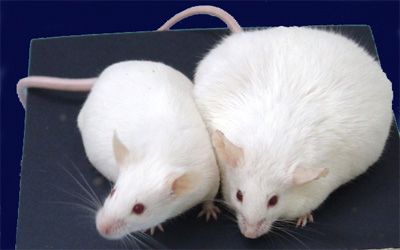

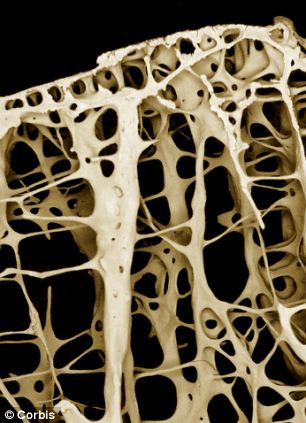




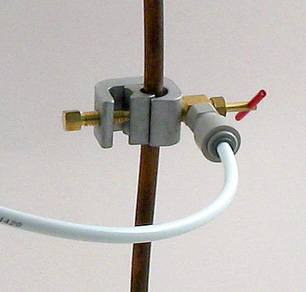

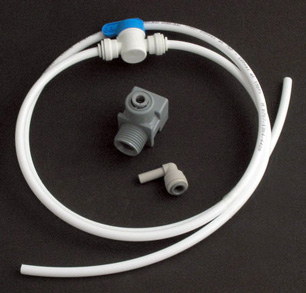
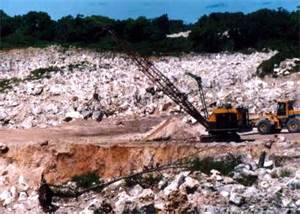

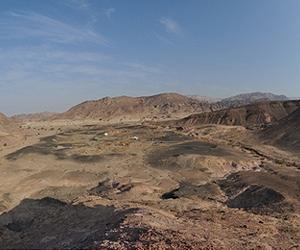
![hypoxia[1]](http://purewatergazette.net/blog/wp-content/uploads/2012/08/hypoxia1.jpg)
